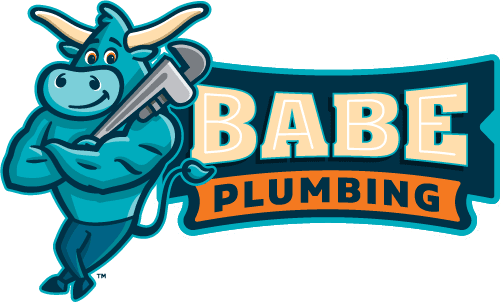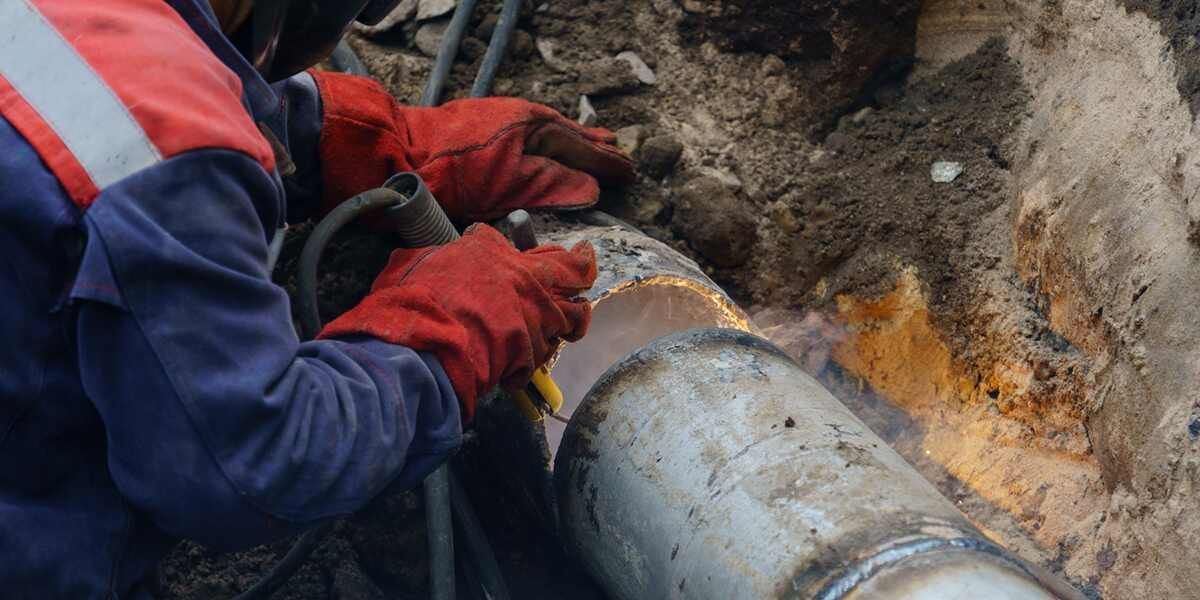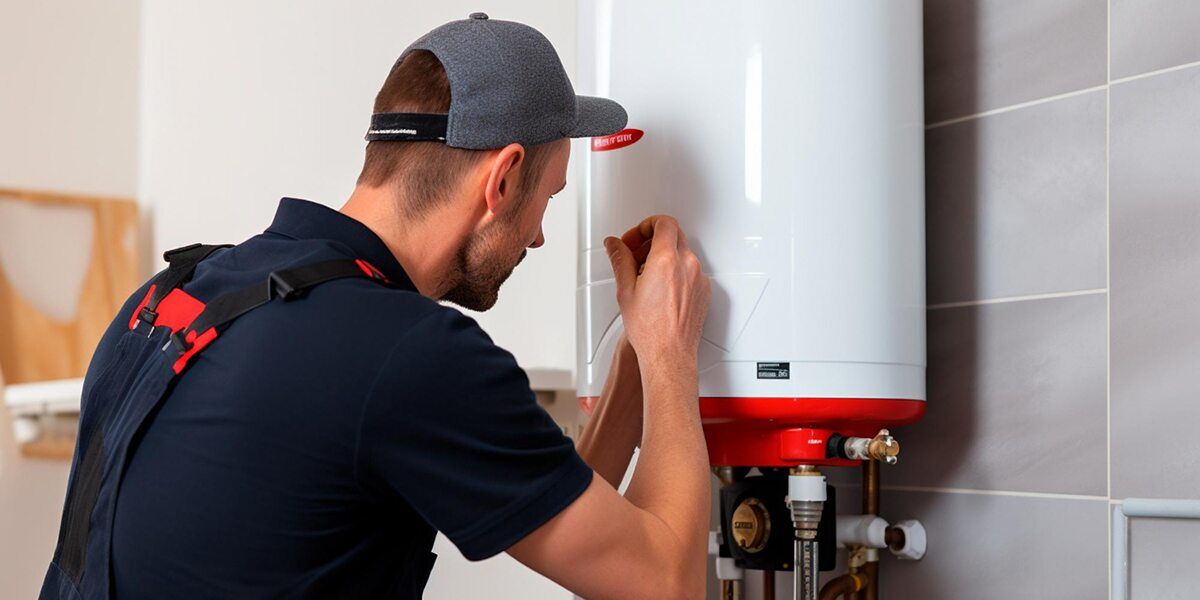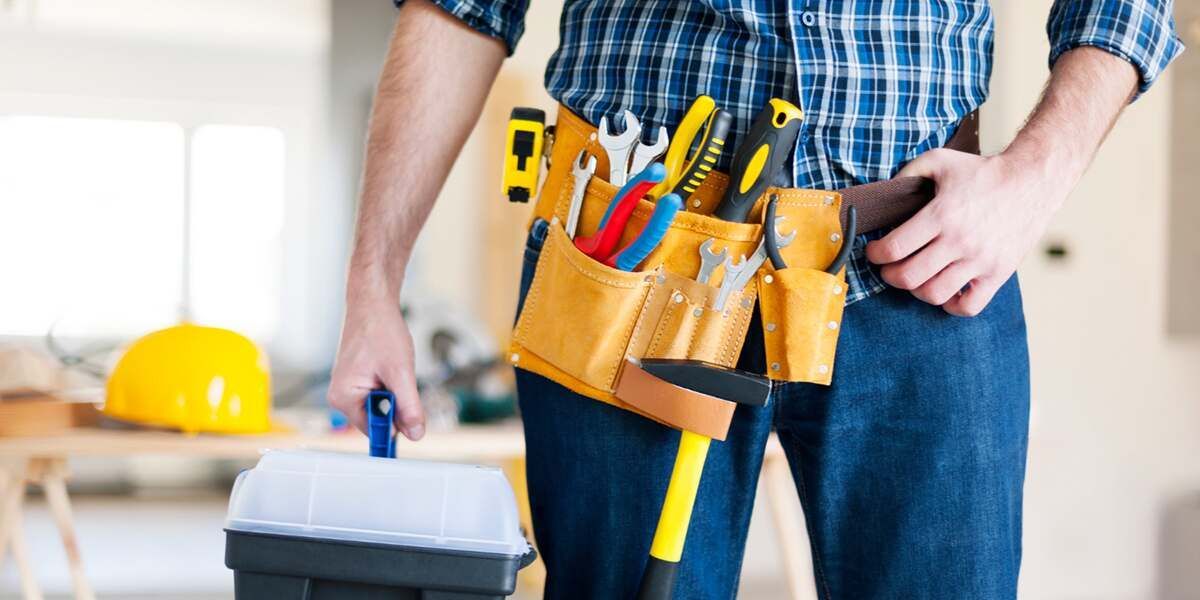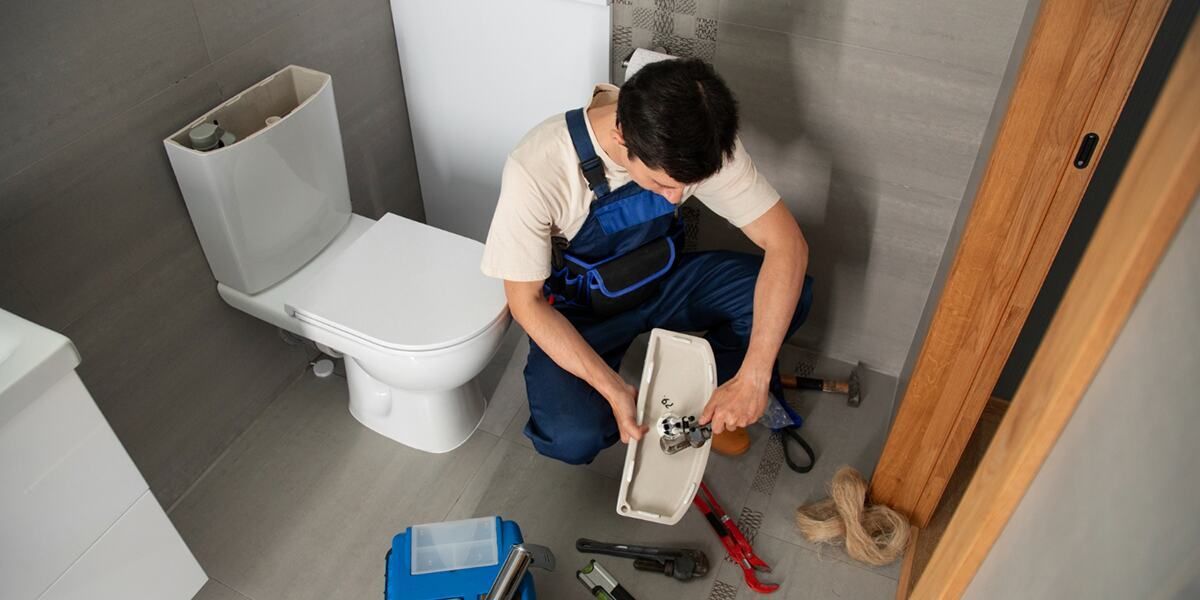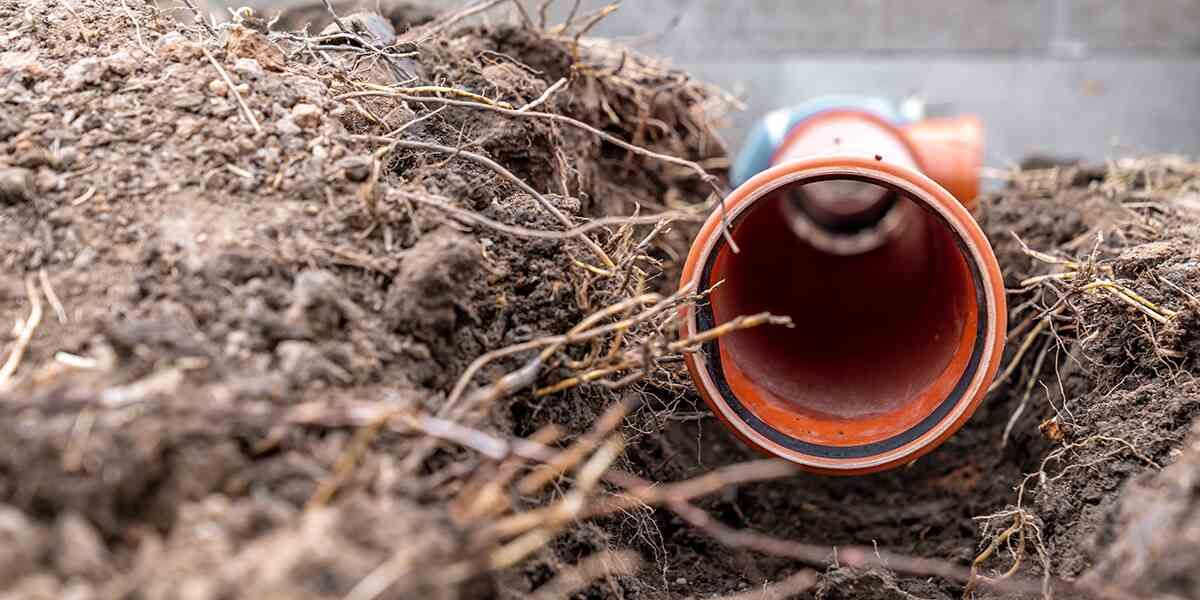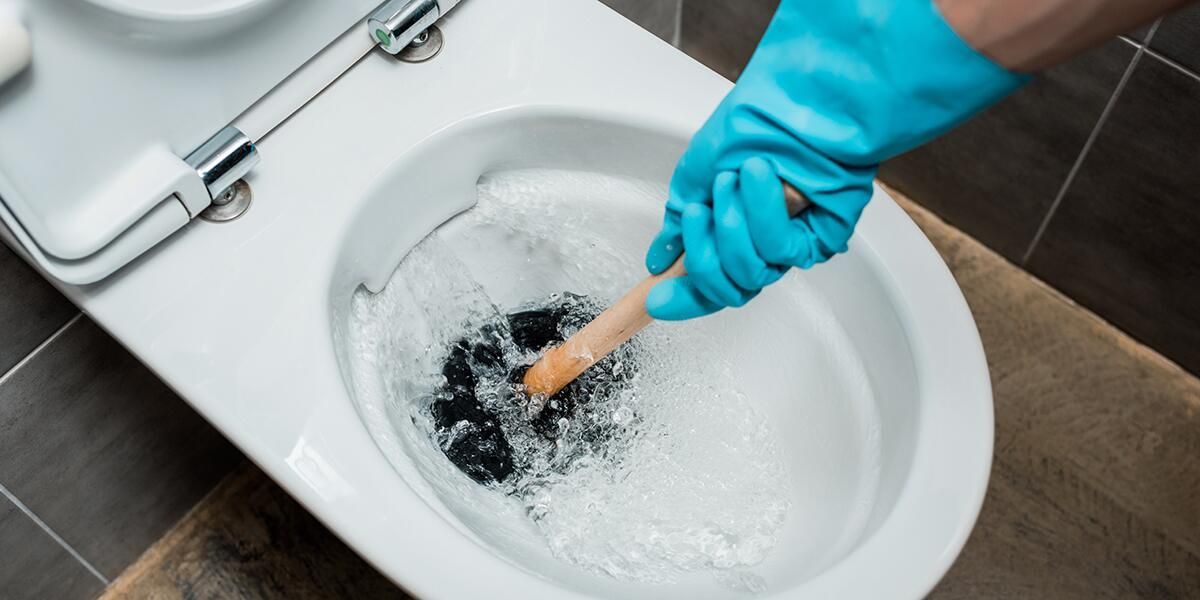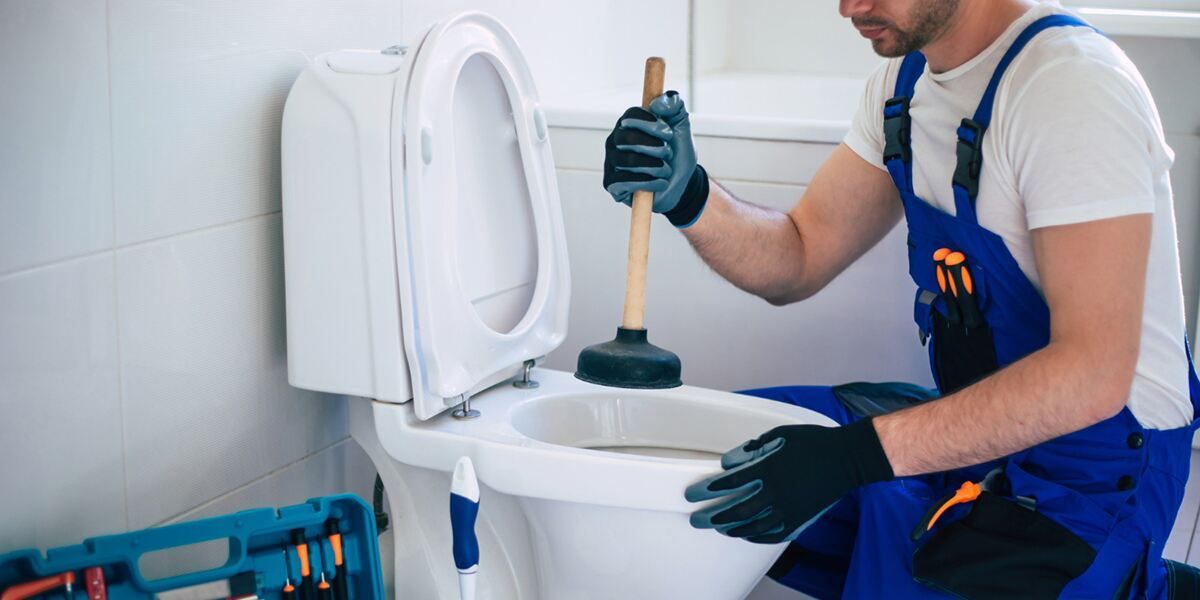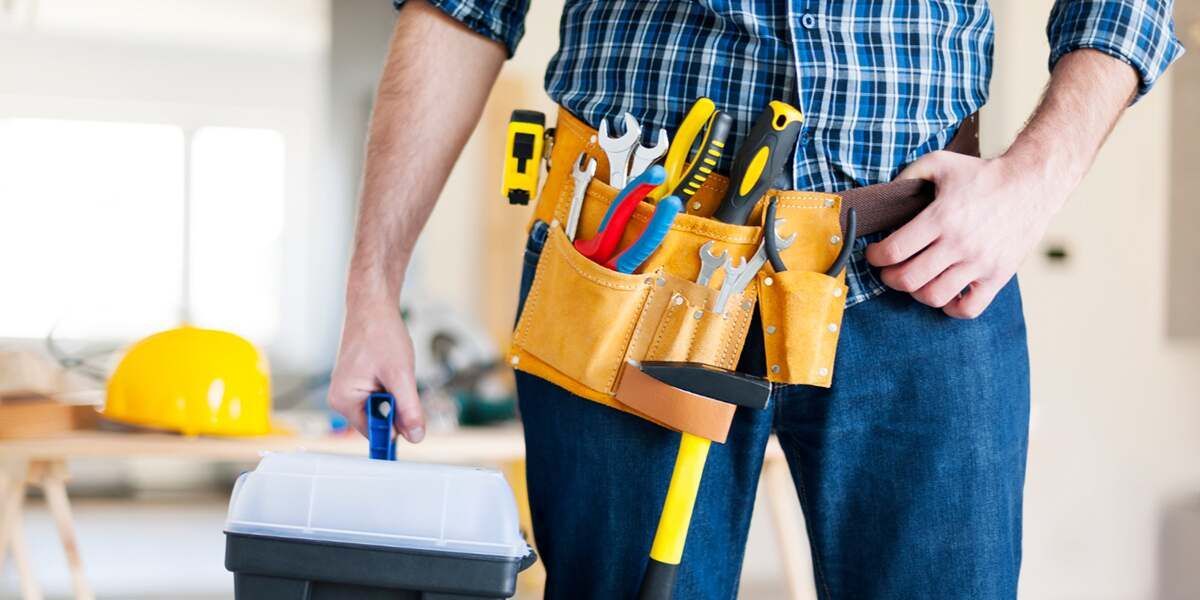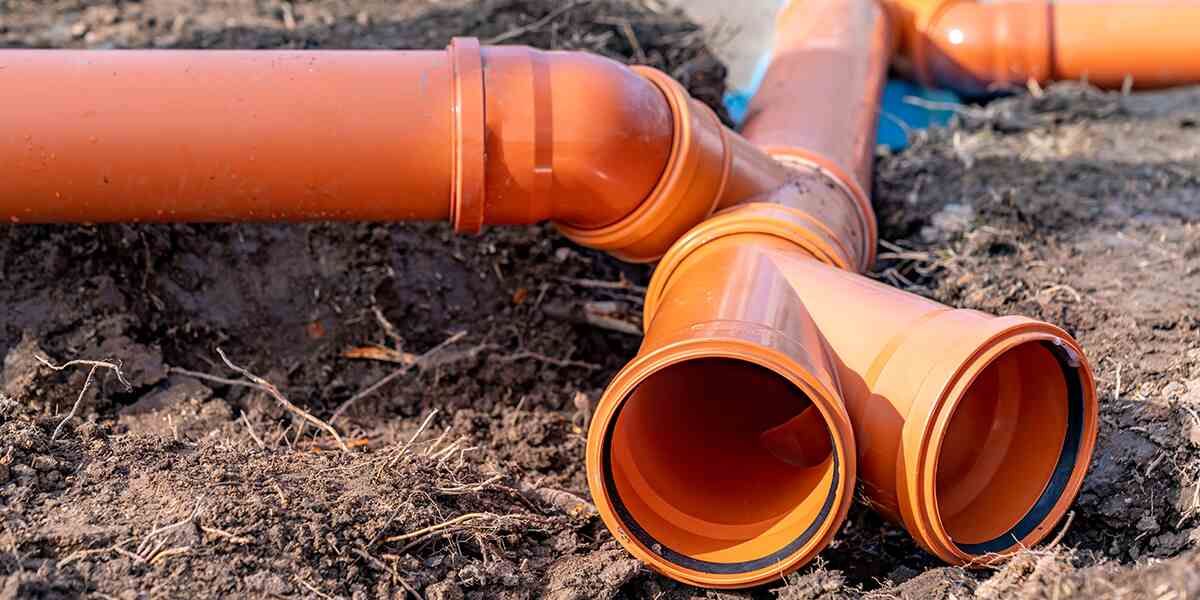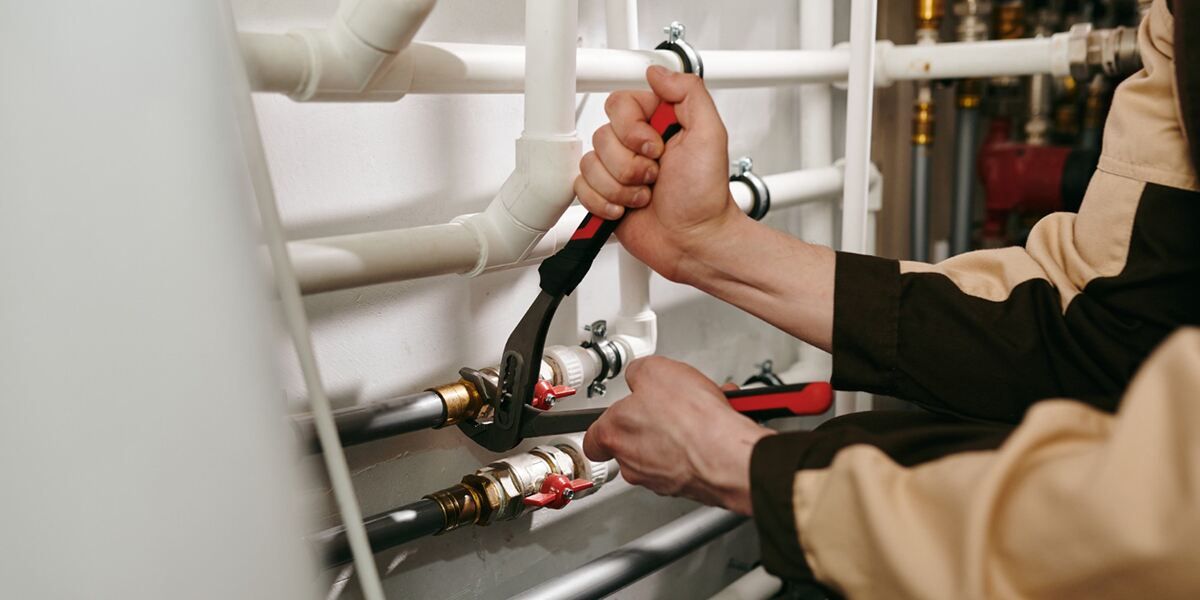9 Most Common Causes of Drain Clog
Many homeowners are surprised when their shower, bathroom sink, or kitchen sink becomes slow to drain or backs up entirely. However, that stubborn drain clog has likely been developing for some time. The culprit for many household clogs is often someone in the house letting items enter the drain that don't belong there.
Identifying the cause of household drain clogs is a starting point for establishing good habits that will reduce clogs and preserve plumbing in the future. Many homeowners who inadvertently clog their drains often compound the problem by using corrosive drain cleaners.
The licensed plumbing team at Babe Plumbing, Mankato's drain cleaning professionals, don't want members of the community to endure clogged drains or pay for emergency plumbing repair if they don't have to.
Have you been vigilant about keeping the following drain-clogging materials out of your drains? Do you know what to do if you find any of these materials in your drains?
#1: Hair
Hair is particularly a problem in shower drains and bathroom sinks, but it can contribute to kitchen sink clogs if people lean over the sink while cooking or washing dishes. Long strands of hair can form tangles that can be difficult to dislodge. They also trap other kinds of debris that might otherwise wash harmlessly down the drain.
The best way to deal with drain clogs is to prevent hair from getting down the drain at all. The following preventive measures should minimize the amount of hair in your drain and reduce the risk of it forming tangles.
- Give your hair a thorough brushing before bathing or taking a shower to remove any loose hairs.
- Place a drain screen over the drain opening and clean it out every time you bathe, shave, or take a shower.
- Wipe up any stray hairs if you shave at the bathroom sink.
#2: Cooking Grease
Some homeowners who are unfamiliar with how grease and fat behave assume that because they are liquid, they will go down the drain safely. However, fat and grease from cooked meat is only liquid at higher temperatures. Once it congeals, it hardens into a solid mass that can trap hair and food, creating thick clogs.
#3: Tissues and Wipes
Avoid putting any paper products aside from toilet tissue down the toilet, and keep any paper products out of the sink drain. Even personal hygiene products labeled "flushable" can form clogs in toilets and are major contributors to massive globs of waste called "fatbergs" that obstruct public sewer systems.
Put tissues and wipes in garbage cans. If odors are a concern, use a trash can with a lid.
#4: Tree Root Intrusions
Some sources of drain backups come from outside the house, and tree root intrusions are a prime example.
Tree roots naturally gravitate toward water. If a pipe or sewer line has a slight leak, the moisture will escape into the surrounding soil, attracting the root systems from any trees in the area.
Once tree roots work their way into the pipes, they can form dense tangles that obstruct and destroy pipes. The result can be large water leaks that soak the soil around your house as well as drain and sewer line backups.
To fix these problems, a professional plumber might have to excavate to remove the root structures and replace any damaged pipe sections.
#5: Household Objects
Toys, caps from food containers, toothpicks, paperclips, and other small items can often go down the drain accidentally. They could obstruct the drain entirely or catch other debris to form a larger clog. A drain screen or cover for the garbage disposal is the best way to keep objects from falling down the drain.
If you have a garbage disposal, be careful to safely remove household objects like silverware and caps from the disposal before running the disposal to avoid damaging the blades.
#6: Ice
Ice is a common cause of drains backing up. If temperatures fall, as they often do in Minnesota winters, pipes can easily freeze up.
If the pipe has standing water or a drain clog made of damp waste, the water can turn into ice crystals. As the ice expands, it can cause the pipe to burst.
Ice is particularly dangerous because the damage can be easily missed or mistaken for a typical drain clog. If you try to break up a suspected clog by pouring hot water down the drain, you could increase pressure on a pipe that is already under strain or melt the ice dam and cause liquid water and waste to pour from the broken pipe.
The best ways to prevent ice from forming in your pipes are to keep your home at a moderately high temperature, leave a trickle of water running, and insulate your pipes.
#7: Food
For drains without a garbage disposal, small pieces of food can sometimes wind up in the drain, attracting insects, producing odors, and growing mold.
A drain snake is a good way to remove many types of food waste. Plunging the kitchen sink with a cup plunger can also dislodge food clogs.
#8: Scale
Hard water, or water that contains a relatively high concentration of dissolved minerals, can contribute to clogs. If water is allowed to stagnate within the drain, as can happen with a slow-draining sink, deposits called scale can form on the sides of the pipes or on any other materials that become stuck in the pipes.
Vinegar is a useful descaling agent that will not damage your pipes. A professional plumber can use a technique called hydro-jetting to blast scale and other obstructions off pipes to restore normal drainage and water flow.
#9: Soap Scum
As with grease and food waste clogs, hot water can be useful in removing soap scum, helping the minerals dissolve and loosen. Many types of soap can produce a chalky residue (soap scum) that builds up on surfaces like hard water scale. Soap scum is often more of a problem in areas with hard water since scale and soap scum can readily combine inside your pipes.
A mixture of baking soda and vinegar can help to dissolve soap scum, along with a flush-out with hot water.
What to Do About Clogged Drains
As you can tell from the above examples, home remedies can help remove some types of clogs. Hot water, baking soda, and vinegar, together with the mechanical motion of a plunger or a plumbing snake, can sometimes save you the cost of a repair service call. Sometimes your drain-cleaning efforts will reveal what is clogging your drain so you can keep it out of your drain going forward.
The first rule for DIY treatment of clogged drains is to do no harm. Consider the ingredients of any commercial plumbing product you buy. Some products have enzymes that break down organic matter but are safe for pipes, while others contain toxic chemicals.
Repeated use of harsh chemicals will eat away at your plumbing, eventually causing more leaks and requiring you to repair or replace the pipes. Worse, if your DIY efforts break the pipe, you could have to clean up considerable water damage.
Babe Plumbing Removes Tough Clogs Fast
If home remedies don't work on your drain clog, call the drain cleaning experts at Babe Plumbing for drain cleaning and emergency plumbing. Reach us at (507) 481-1094 for prompt, efficient drain clog removal. If a clog or an unsuccessful effort to remove the clog damages your drain, ask us about our professional drain replacement and installation services.
Author Bio:
Jeff Jordan and Anne Jordan
The wizards at Babe Plumbing. With synchronized finesse, they flawlessly orchestrate service excellence, transforming appointment chaos into a harmonious symphony of plumbing solutions, leaving customers impressed and ever-grateful for their unrivaled coordination.
Babe Plumbing is a professional emergency plumbing company based in Mankato, MN, with over 40 years of experience serving residents of southern Minnesota.
Our Services
Contact Information
Phone: (507) 625-7162 - Normal Business Hours
All Rights Reserved | Babe Plumbing
